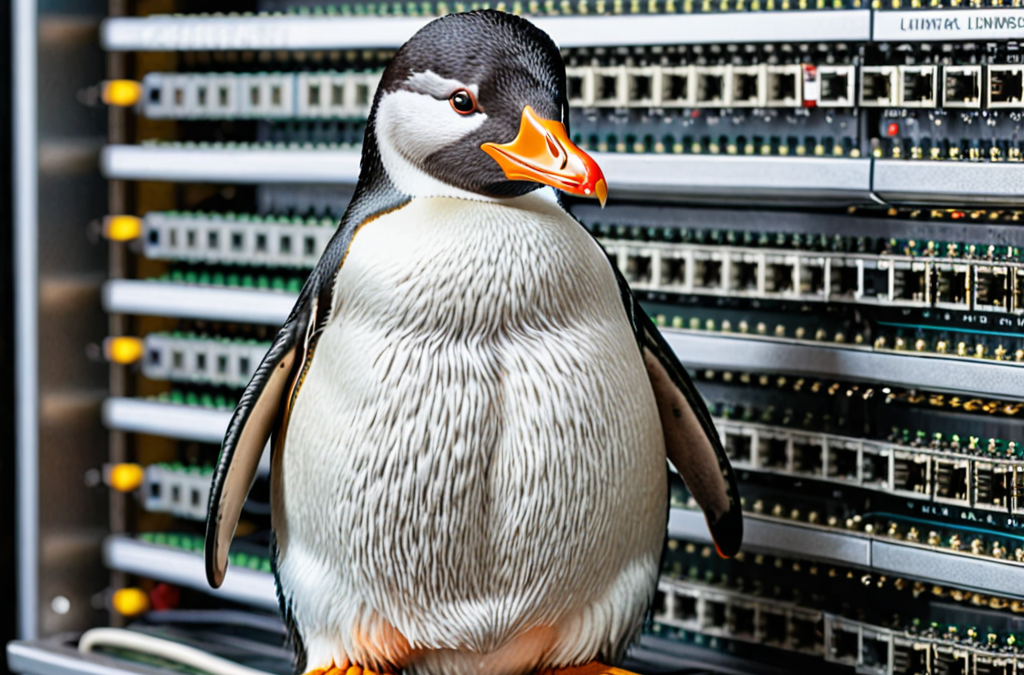Network interfaces are essential components in a Linux system, allowing communication with other devices and networks. Editing network interfaces can be necessary for various tasks, from setting up a new network to troubleshooting connectivity issues. This article will guide you through the process of editing network interfaces in Linux and explore ten situations where changing these settings can be beneficial.
Editing Network Interfaces in Linux
Using the ifconfig Command
The ifconfig command is a traditional way to configure network interfaces on Linux. Although it is deprecated in favor of the ip command, it is still widely used.
-
View Network Interfaces:
ifconfig
-
Bring Up an Interface:
sudo ifconfig eth0 up
-
Assign an IP Address:
sudo ifconfig eth0 192.168.1.100 netmask 255.255.255.0
-
Bring Down an Interface:
sudo ifconfig eth0 down
Using the ip Command
The ip command is a more modern and powerful utility to manage network interfaces.
-
View Network Interfaces:
ip addr show
-
Bring Up an Interface:
sudo ip link set eth0 up
-
Assign an IP Address:
sudo ip addr add 192.168.1.100/24 dev eth0
-
Bring Down an Interface:
sudo ip link set eth0 down
Editing Network Configuration Files
Network configurations can be made persistent by editing configuration files. The location and format of these files can vary depending on the distribution.
-
Debian/Ubuntu: Edit
/etc/network/interfaces:auto eth0
iface eth0 inet static
address 192.168.1.100
netmask 255.255.255.0
gateway 192.168.1.1
-
Red Hat/CentOS: Edit files in
/etc/sysconfig/network-scripts/(e.g.,ifcfg-eth0):DEVICE=eth0
BOOTPROTO=static
IPADDR=192.168.1.100
NETMASK=255.255.255.0
GATEWAY=192.168.1.1
ONBOOT=yes
Restarting Network Services
After editing configuration files, restart the network service to apply changes:
-
Debian/Ubuntu:
sudo systemctl restart networking
-
Red Hat/CentOS:
sudo systemctl restart network
Ten Uses Where Changing Network Interfaces is Beneficial
-
Network Setup and Configuration: Configuring network interfaces is fundamental when setting up a new server or desktop to ensure connectivity.
-
IP Address Allocation: Changing the IP address of an interface is necessary when moving a device to a different subnet or IP range.
-
Network Troubleshooting: Bringing interfaces up or down and changing IP settings can help isolate and resolve network connectivity issues.
-
Virtualization and Containerization: Assigning different IP addresses to virtual machines or containers for isolation and management.
-
Network Security: Implementing security measures such as assigning static IP addresses to critical devices to avoid DHCP vulnerabilities.
-
Network Performance Optimization: Adjusting interface settings to optimize performance, such as setting jumbo frames or adjusting MTU sizes.
-
High Availability and Load Balancing: Configuring network interfaces for high availability setups (e.g., bonding or teaming) to ensure redundancy and load balancing.
-
VPN and Remote Access: Setting up network interfaces to connect to VPNs for secure remote access.
-
Network Isolation: Creating isolated networks for testing and development environments by configuring separate interfaces.
-
Custom Routing: Setting up custom routing tables and rules by configuring network interfaces to direct traffic as needed.
Editing network interfaces in Linux is a powerful skill that enables system administrators and users to configure, manage, and optimize network settings. Whether for initial setup, troubleshooting, or advanced network configurations, understanding how to edit network interfaces is essential for maintaining efficient and secure network operations.

